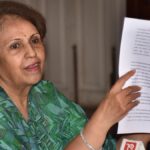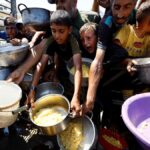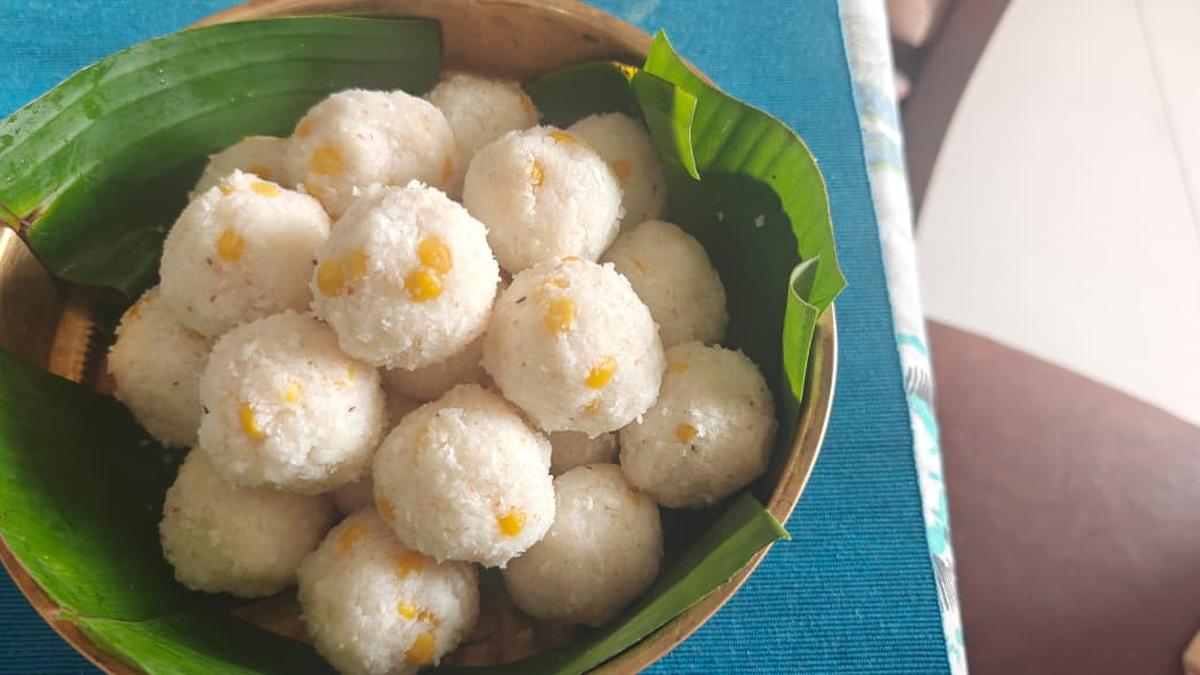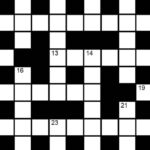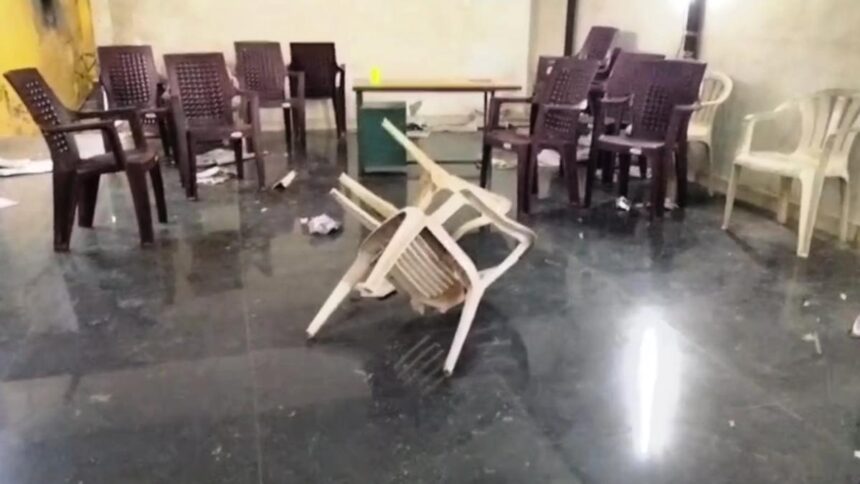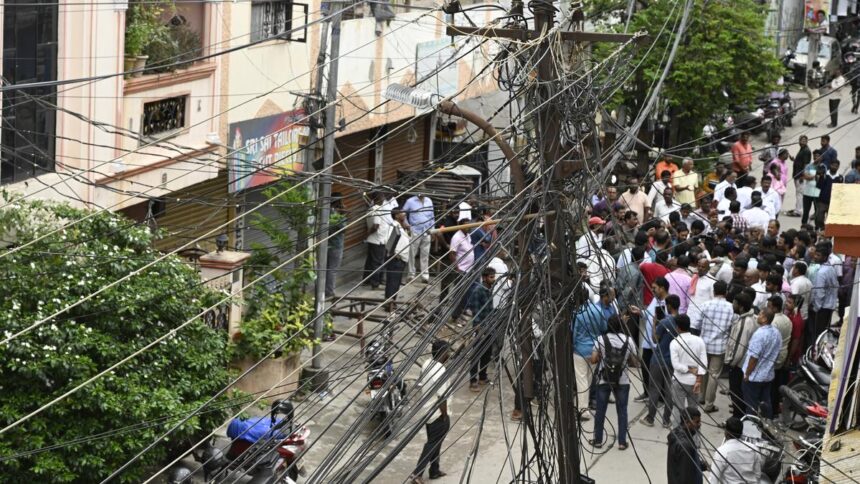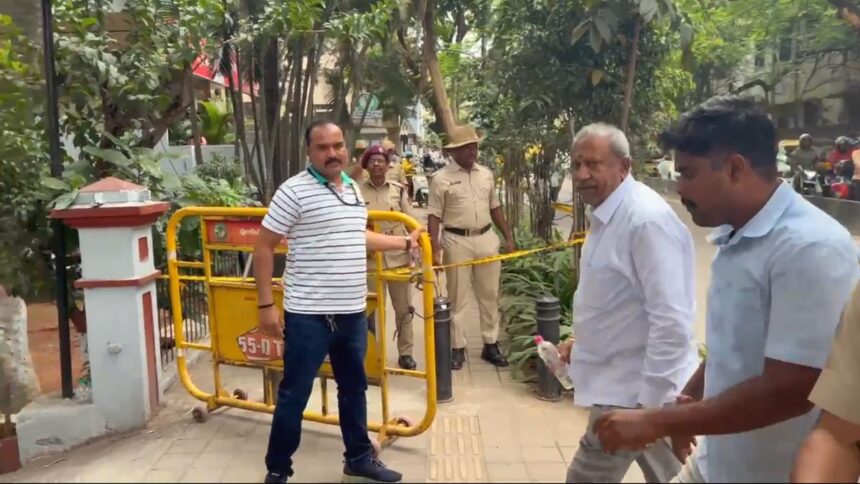
Undrallu for Ganesh Chaturthi in Visakhapatnam.
| Photo Credit: SPECIAL ARRANGEMENT
Every festival has a dish that holds it together, and for Ganesh Chaturthi in Andhra Pradesh, it is the undrallu or kudumulu. While Maharashtra associates Ganesh with sweet, coconut-jaggery filled modaks, Andhra kitchens whip up soft rice and lentil balls that are savoury, simple and filled with the weight of tradition.
For Sree Karuna, a resident of Visakhapatnam whose roots lie in Bhimavaram, undrallu is inseparable from Ganesh Chaturthi. “We call them kudumulu. Even my great grandmother made them,” she says. Her fondest memory is of eating them fresh, still warm, with homemade butter churned from the milk of her grandfather’s cows and buffaloes. “It is not just food on a festive day; it is a dish that ties generations through a shared taste, she adds.
A recipe with the field’s imprint
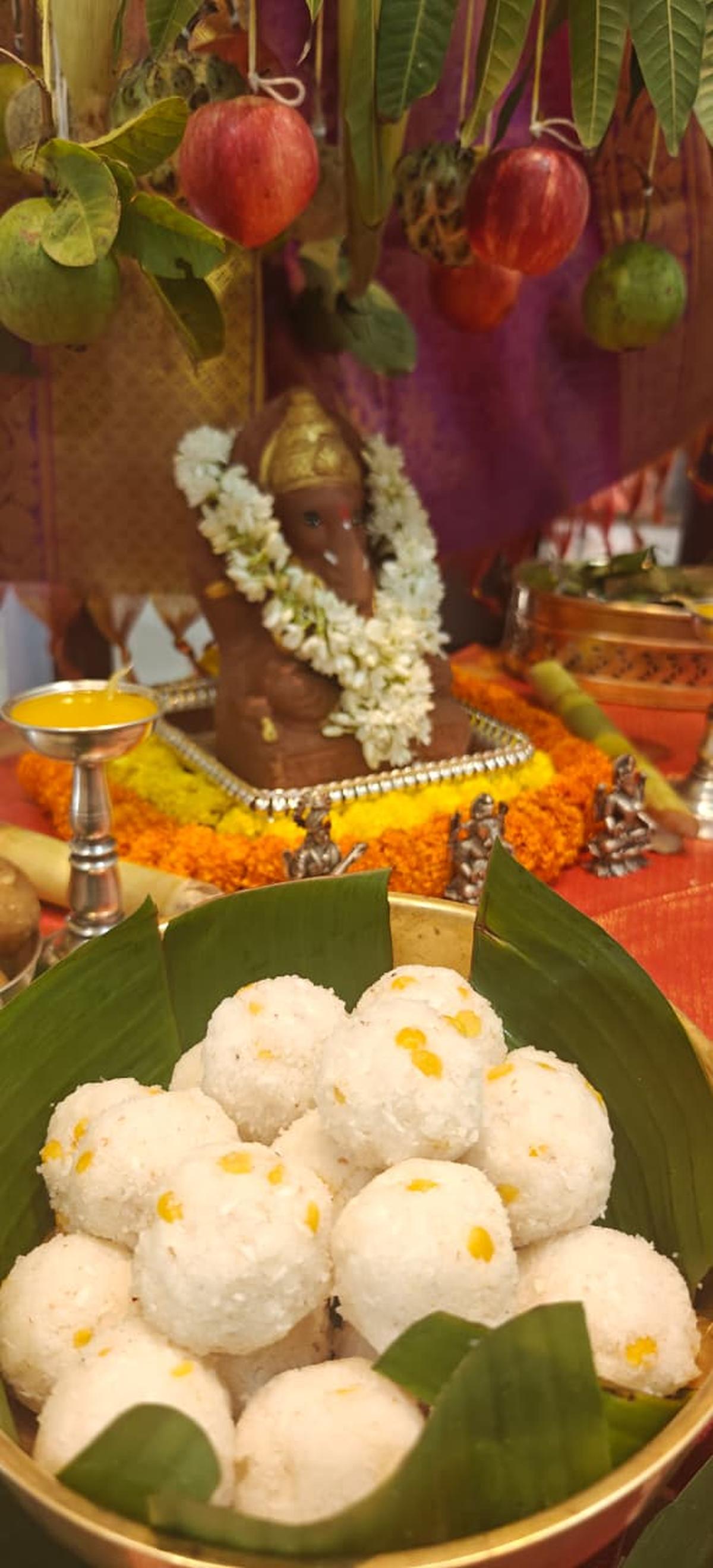
Undrallu for Ganesh Chaturthi in Visakhapatnam.
| Photo Credit:
SPECIAL ARRANGEMENT
Undrallu was once made entirely with ingredients drawn from the household. Rice grown in family fields would be washed, dried and hand-pounded into rice rawa. Coconut and ghee came from within the household compound, and chana dal was soaked and prepared on the morning of the festival. “One tablespoon of chana dal is soaked for an hour. Then two or three spoons of ghee are heated, the dal is fried lightly, and one cup of rice rawa is added along with a cup of scraped coconut and salt. After a few minutes, three cups of hot water are poured, and the mixture is cooked till it thickens. We let it cool a little, then shape them into small balls,” Karuna explains.
What she now makes is a modified version that she learnt from her maternal aunt, one that skips the additional steaming that was part of the older recipe. “Earlier, the balls were shaped and steamed once more, like idlis. I sometimes add cashews for a twist.” The essentials, however, remain unchanged: rice, dal, ghee, coconut, and a pinch of salt.
Although this is the base, undrallu vary across Andhra kitchens. Some use rice flour instead of rice rawa, others add jaggery for a sweet note. Regional differences have created variations, some leaning towards savoury, others tilting towards sweet. Yet in all its forms, it retains its place at the centre of Ganesh’s festive offerings.
Modern kitchens have brought changes. “Rice is bought readymade, ghee comes packaged, and coconuts are grated using small steel scrapers instead of the large, sit-down wooden boards of earlier times,” adds Karuna. Yet the dish endures, adapting without losing its festive weight.
The number 21
Undrallu is as much about taste as about ritual. Tradition traces the offering of 21 to a story where Ganesha’s hunger was finally satisfied with a single rice ball, after which he is said to have belched 21 times in contentment. Since then, devotees prepare them in that count. Karuna follows this custom with care. “I make 21 for Ganesha, and a few more for everyone at home to eat through the day. My grandmother would also make them on Ugadi, saying, ‘Kudumulu vandukunte, kuberulu avutam’— if we eat them, we will have abundance.”
Published – August 28, 2025 03:48 pm IST




